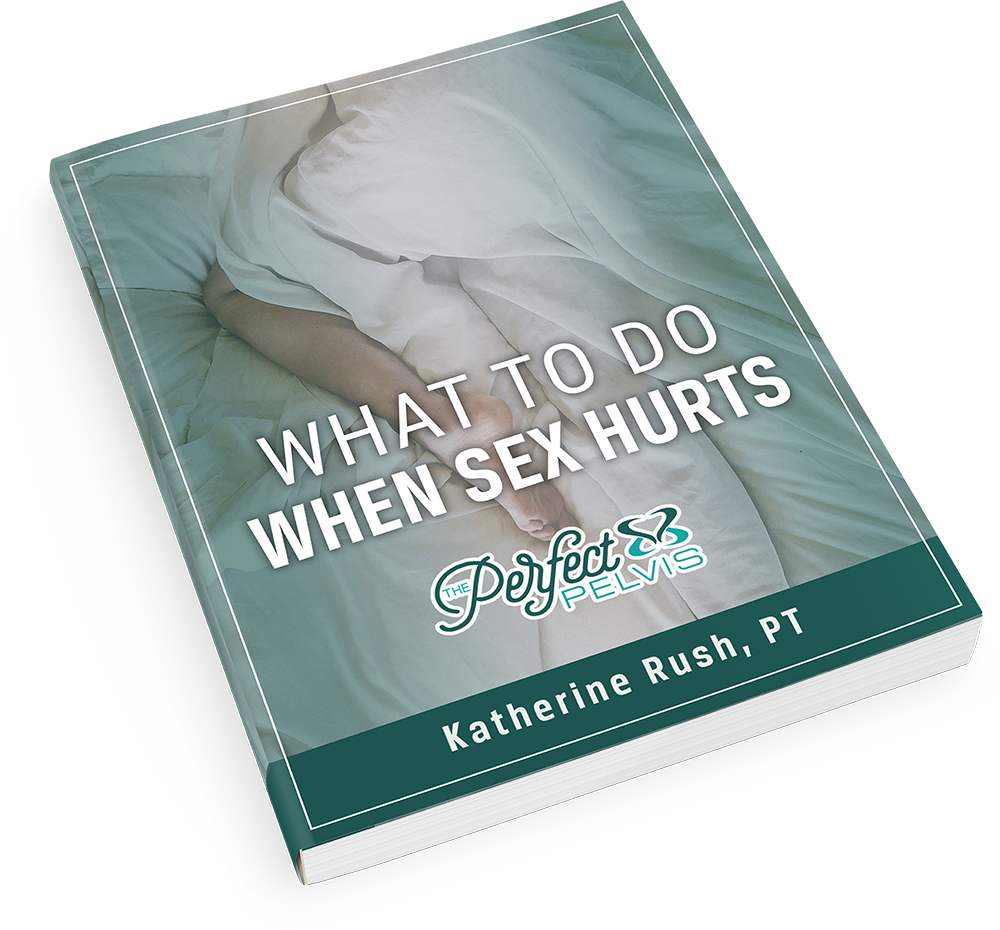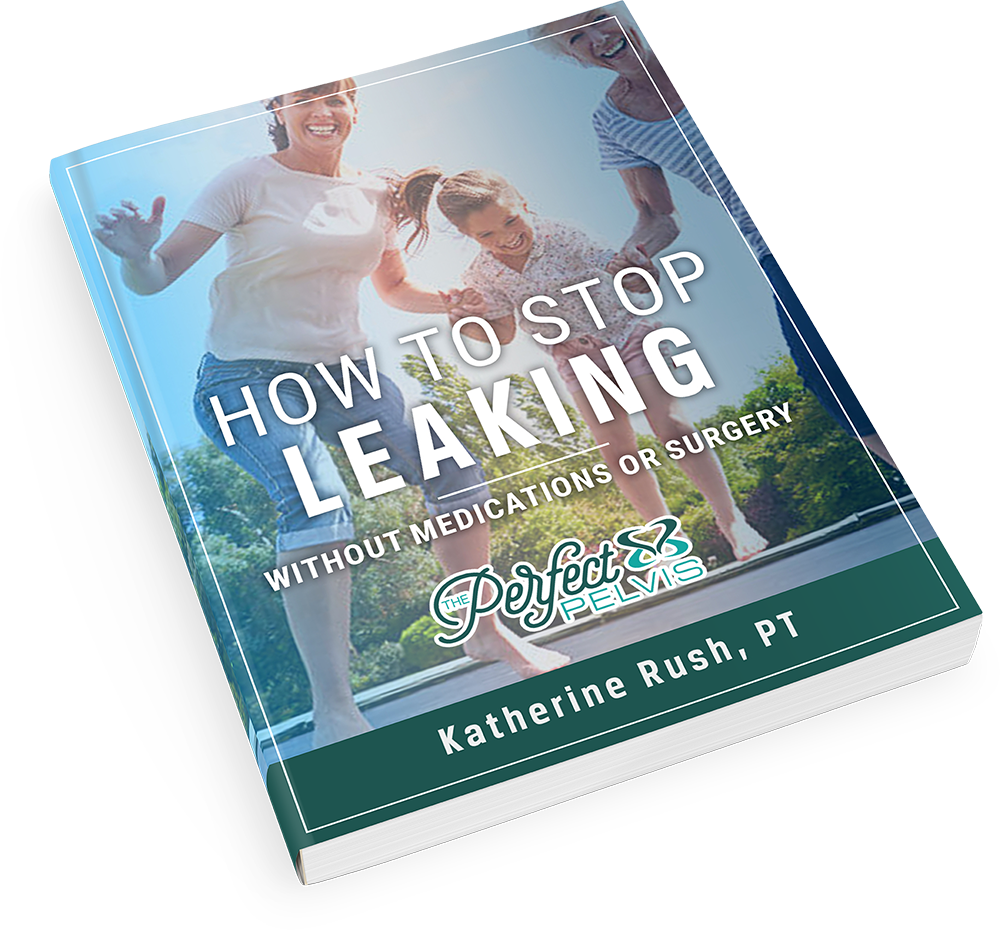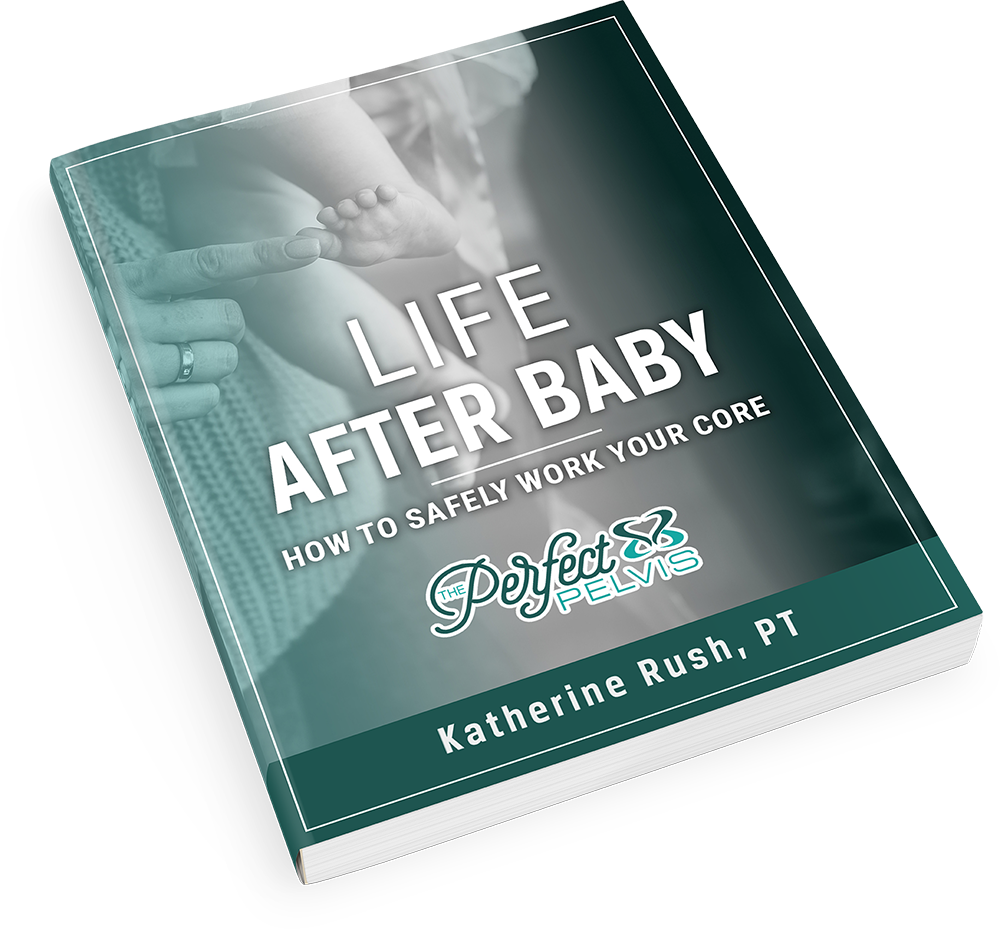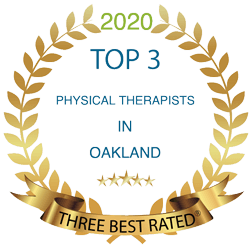Pelvic floor dysfunction is life-changing.
Pelvic floor dysfunction typically presents as urinary and/or fecal incontinence, symptoms of incomplete emptying of the bladder or bowels, urgency and frequency, pelvic organ prolapse, and sexual pain.
Pain can be felt in the lower back, pelvis, abdomen, genital area, or tailbone. In some cases, people may experience tightness or spasms in their pelvic floor muscles.
This a common condition that affects the muscles and tissues of the pelvic floor, which are responsible for controlling bowel and bladder functions.
Pelvic floor dysfunction is a common issue that can cause pain and reduced function of the pelvic organs. Physical therapy can be successful in improving symptoms associated with pelvic floor dysfunction, including urinary frequency or urgency, urge incontinence, constipation, incomplete bladder emptying, chronic pelvic pain, and sexual dysfunction.
Physical therapists use an interdisciplinary approach to diagnose and treat this condition. This includes evaluation of strength in the core muscles as well as flexibility and movement deficits that may contribute to pelvic floor weakness or tightness.
The therapist will also assess posture and alignment to understand how these factors may impact muscle function or lead to pain.
Ways That Pelvic Floor Physical Therapy Can Help With Pain During Sex
Treatment focuses on restoring normal mobility of the joints and muscles surrounding the pelvic floor to reduce overall tension and improve pelvic floor strength. It may also involve other strategies such as trigger point release, myofascial release, or dry needling to reduce pain and spasm in the muscles of the pelvis.
In addition, physical therapists can provide biofeedback training to help patients better understand how they can control their pelvic floor muscles with conscious effort. Biofeedback involves placing electrodes on the skin near the pelvic floor muscles and then teaching patients how to relax and activate these muscles through relaxation techniques or specific exercises.
Physical therapy can be an effective treatment for pelvic floor dysfunction. A physical therapist will assess posture and muscle strength/length as well as analyze gait patterns to evaluate alignment and movement pattern compensations that may contribute to symptoms. The therapist may also use manual techniques to release tight muscles.
An exercise program will be created to build strength and restorative normal alignment, as well as address any areas of weakness to reduce symptoms. The therapist may use biofeedback tools such as electrical stimulation or EMG (electromyography) to help educate the patient on how to better isolate and contract their pelvic floor muscles to gain greater control over them. The exercises can be tailored to each individual’s needs and preferences.
How can physical therapy help with the pain you are experiencing during sex?
Physical therapy can be a great option for individuals who experience pain during sex. It’s important to recognize that sex should be pleasurable, not painful. Physical therapists are trained to help assess and treat issues around sexual health and can provide strategies to reduce or eliminate the pain associated with sex.
There are several treatment options available to address pain during sex. Depending on the cause of the discomfort, physical therapists may recommend lifestyle modifications such as changes in positions, relaxation techniques like deep breathing exercises, stretches, or strengthening exercises specifically targeting pelvic floor muscles, or medical interventions such as medications or injections.
In addition to treating muscle tightness and tension in the hips, pelvis, and lower back regions that contribute to pain during sex, physical therapists can also address any underlying psychological issues that may be contributing to the discomfort.
They are trained to help individuals better understand their bodies and find ways to overcome anxiety, fear, or other emotional blocks that could potentially affect sexual pleasure.
Ultimately, physical therapy can help individuals live more comfortable and enjoyable lives by reducing or eliminating pain during sex. This can lead to improved relationships, self-confidence, and overall quality of life.
If you’re experiencing pain or discomfort during sex, it’s important to talk with a healthcare provider such as a physical therapist about your symptoms and the treatment options available.
If you feel that you are in need of treatment and are looking for a physical therapist to get an understanding of how to strengthen the pelvic floor and best avoid pain during sex, come see us at The Perfect Pelvis.
Want To Understand Why You Might Be Experiencing Pain During Sex…
If you are struggling with pain during sex, feel free to schedule a free phone consult, or contact us to arrange a $57 screening. You can also feel free to give us a call at 816.607.3747 (We still like to talk on the phone!)
We are offering a $57 screening which will help us identify the issues you might be having and come up with a treatment plan. Make sure to reach out to us and we can set up an appointment that works for you.
Don’t let pain stop you from enjoying the intimacy you and your partner deserve.
We love to keep people in Lee’s Summit, mobile, active, and off pain pills – let our expertise go to work for you to help you stay happy and healthy.
Don’t forget, you can schedule a no-obligation (and free!) phone consult or visit us at our Lee’s Summit clinic as part of your $57 screening visit. Or just give us a call at 816.607.3747.
We look forward to hearing from you,
Katy Rush, PT
Other Free Resources To Help With Leakage
Download our free report – What to Do When Sex Hurts
Read our blog- 5 Exercises That Can Help Strengthen The Pelvic Floor
Read out blog- What Is Causing You Pain During Intercourse?
Follow Us On Social Media – Facebook, Instagram, Twitter, and LinkedIn








